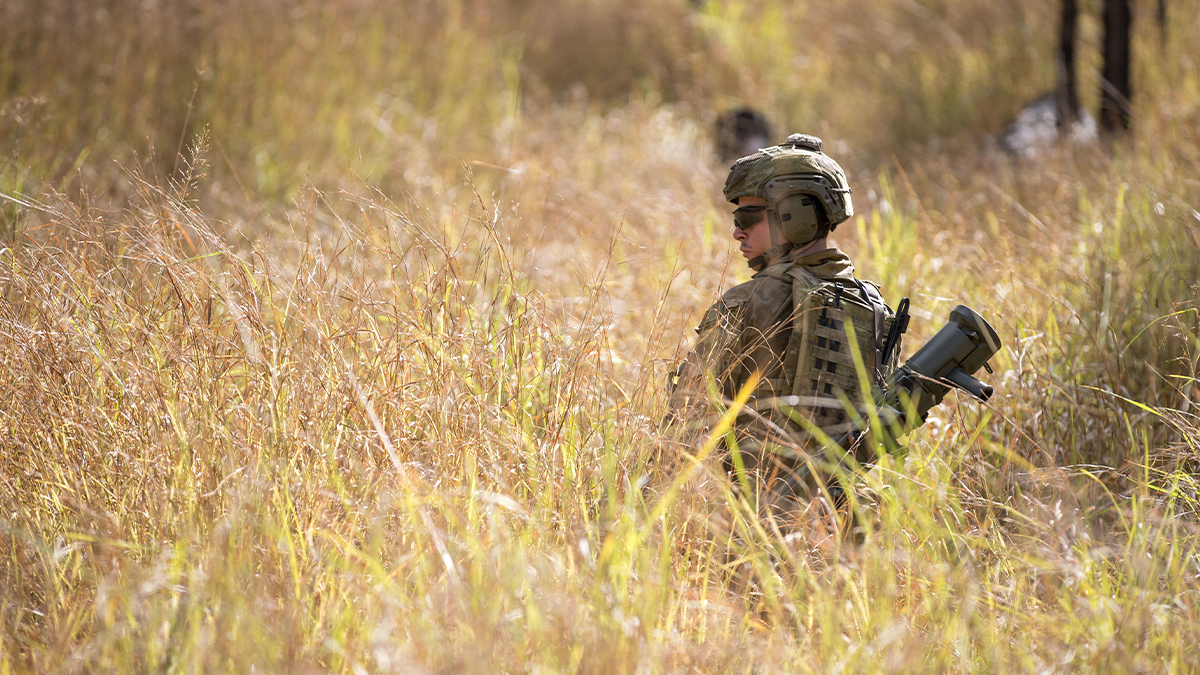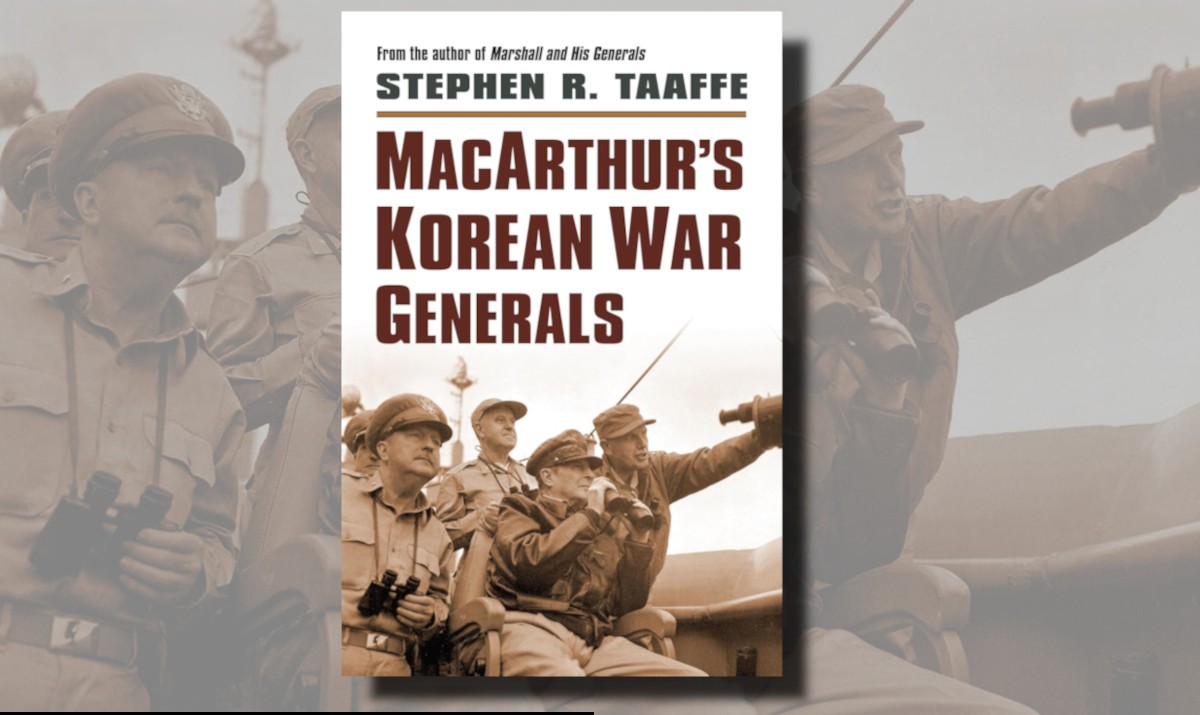Strategic Assessment (Quarter 4, 2020)
Executive Summary
- The impacts of the COVID-19 pandemic are seemingly stabilising, with global economies, including Australia’s, on the road to recovery.
- The ‘securitisation’ of diversifying and expanding threats ‘in the national interest’ might counterintuitively inhibit the development of the resilience needed from across all of Australia’s elements of national power.
- The Quarter 3 Strategic Assessment concludes that Army will face a planning challenge of ‘building back better’ via an expanding scope of resilience considerations and an expanding scope of partnership requirements.
Introduction
The Chief of Army recently updated guidance for Army’s contribution to Defence strategy. This guidance notes that ‘people, politics and a pandemic’ are amplifying and accelerating the impact of advancing technology and tensions between states and other groups. This year, 2020, has been a trying one. The Quarter 2 (Q2) and Quarter 3 (Q3) Australian Army Research Centre Strategic Assessments highlighted a convergence of issues and their impact upon the Army, if not the Australian Defence Force (ADF), Defence and even the nation more broadly. This convergence has resulted in greater uncertainty, amplifying the scale of risks that Army’s commanders and staff at all levels must consider when planning for the future. The Army’s decision-making milieu is, however, instructive of the uncertainty that all Australians now face. The Q4 Strategic Assessment aspires to summarise this uncertainty by reviewing the events of 2020.
In the Q3 Strategic Assessment, we noted the outcomes of the Lowy Institute Poll, which recorded that only 50% of Australians felt safe. A conclusion that society under siege is understandable for a society that has now lost 907 citizens to the COVID-19 pandemic and had 33 deaths directly attributable and an estimated 445 deaths indirectly attributable to the 2019–2020 bushfires. A collective toll of 1,385 people does not include society’s loss due to disaster-induced suicide over the past 12 months. These numbers are together greater than Australia’s loss through military casualties since World War II. A perception of a society at war has further
basis in that political science defines wars as conflicts involving over 1,000 battle deaths per year. Political leadership has exacerbated this perception, using ‘wartime rhetoric … [involving] the glorification of emergency workers as “heroes,” [and] the framing of general citizens as “warriors”’.
The Royal Commission into National Natural Disaster Arrangements identifies a society that will face further trials and therefore must move past preparing for natural disasters to being capable to ‘build back better’. The ADF has a role in this but is not, and must not become, the primary mechanism of response to such disasters. Australia is not alone in its experiences with natural disasters this year. The COVID-19 pandemic has resulted in over 1.4 million deaths globally at the time of writing; wildfires in the United States during 2020 have destroyed over 2 million acres in California and a number of other states; and surging riots and protests seemingly occur daily around the world. Local issues can become international crises, requiring partner nations to work with one another.
Addressing collective security issues at an international level has been challenging as domestic politics around the world create the conditions for insularity. Deglobalisation might have begun with the 2008 Global Financial Crisis, but is being exacerbated as a consequence of the pandemic as health crises force political leaders to prioritise national efforts inward. Deglobalisation will partially improve resilience as local manufacturing removes vulnerabilities in global supply chains, improves responsiveness to consumer requirements, and opens the potential for rapid change like ‘working on cars one month and washing machines the next’—or distilling gin one week and hand sanitiser the next.
The Q4 Strategic Assessment continues the analysis of the trends introduced in the Q2 Strategic Assessment, balancing jurisdiction and capability, while expanding upon the key theme of the Q3 Strategic Assessment, resilience. It finds that ‘securitisation’ of diversifying and expanding threats ‘in the national interest’ might counterintuitively inhibit the development of the resilience needed from across all of Australia’s elements of national power.
| Attachment | Size |
|---|---|
| 20761 Defence - Strategic Assessment Quarter 4-accessible.pdf (9.5 MB) | 9.5 MB |

Publication Date




